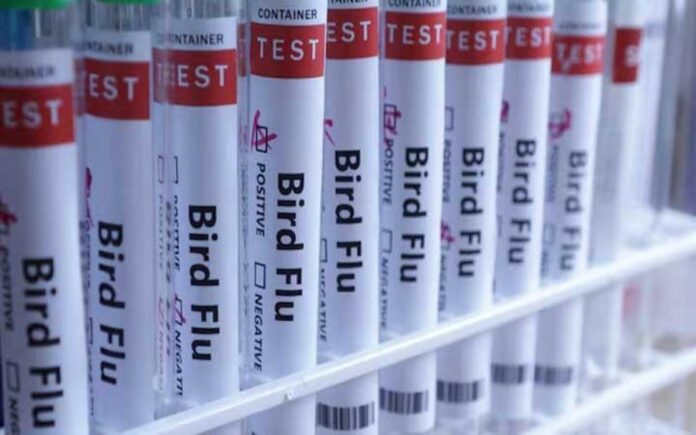Denver: Colorado has reported three presumptive cases of H5 bird flu virus infection among poultry workers, the Centers for Disease Control and Prevention (CDC) announced on Friday.
The three individuals experienced mild symptoms, according to a CDC statement. The infections occurred among workers culling infected animals at a poultry facility experiencing an outbreak of H5N1 bird flu. Symptoms included conjunctivitis (pink eye) and common respiratory infection symptoms, though none of the affected individuals were hospitalized, according to Colorado officials.
State epidemiologists indicated that the infections likely resulted from contact with infected poultry. The CDC is deploying a team to Colorado to support the investigation, emphasizing that the risk to the general public remains low.
Human infections with H5N1 avian flu are concerning due to their potential to cause severe disease and possibly spark a pandemic if the virus acquires the ability to spread easily from person to person, the CDC noted.
These cases are part of a widespread outbreak of H5N1 bird flu, which has been spreading globally in wild birds, infecting poultry and various mammal species, and causing an outbreak in U.S. dairy cows.
Also Read | Pentagon Dismisses Russian Reports on F-35 Fighter Jet Information Leak
“There are no signs of unexpected increases in flu activity otherwise in Colorado, or in other states affected by H5 bird flu outbreaks in cows and poultry,” the CDC stated.
Preliminary testing by Colorado officials revealed that the three individuals were infected with a novel type of influenza and are presumed to have bird flu. Samples have been sent to the CDC for confirmatory testing. If confirmed, these would represent the fourth case of bird flu in Colorado and the seventh U.S. case of the virus since March.
Also Read | Kenya’s Police Chief Steps Down Amidst Protest Controversy
The CDC emphasized that findings from their investigation will determine whether changes in guidance are necessary. Analyzing the virus sequences from this outbreak will be crucial in assessing any changes in risk.
The CDC’s recommendations regarding H5N1 remain unchanged. They urge people to avoid close, prolonged, or unprotected exposure to sick or dead animals, including wild birds, poultry, other domesticated birds, and other wild or domesticated animals, such as cows. Additionally, people should avoid unprotected exposure to animal feces, litter, unpasteurized or raw milk, or materials that have been near or touched by animals with suspected or confirmed bird flu.



